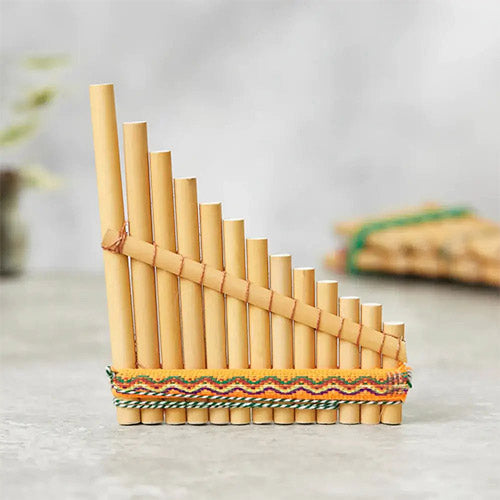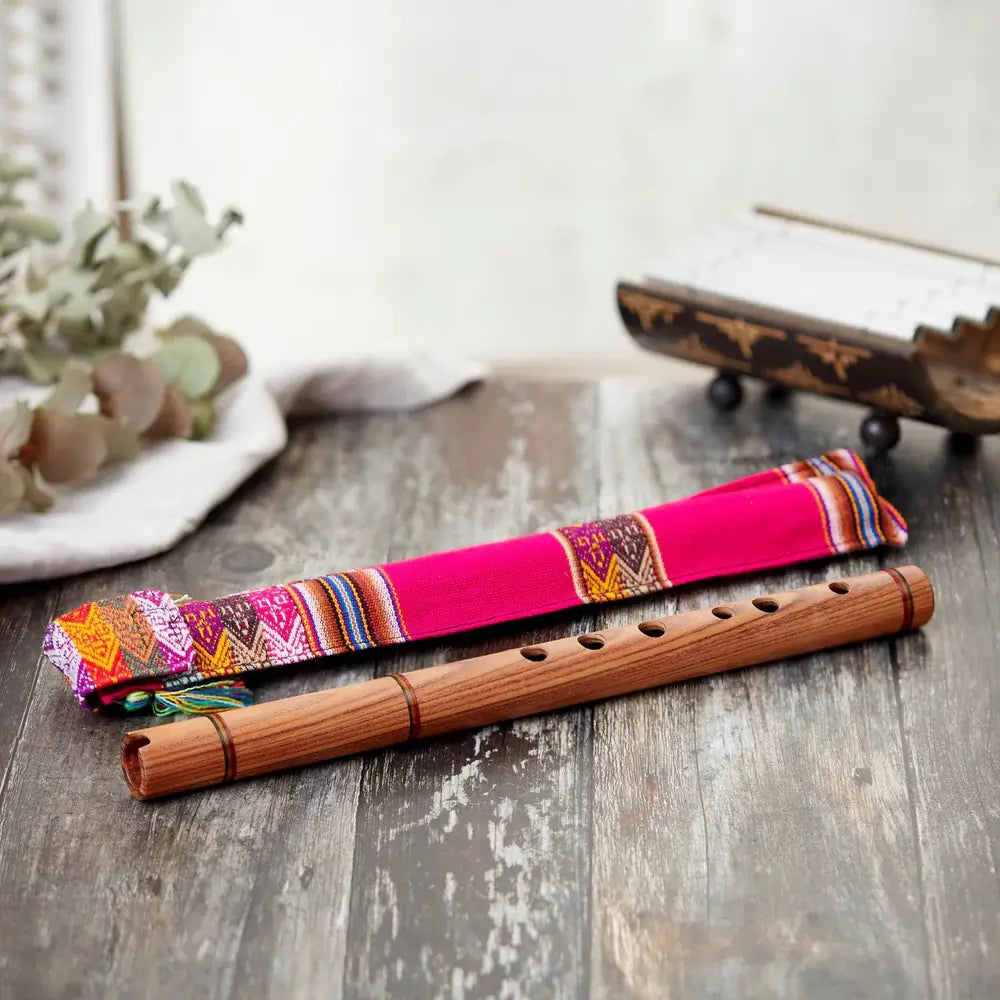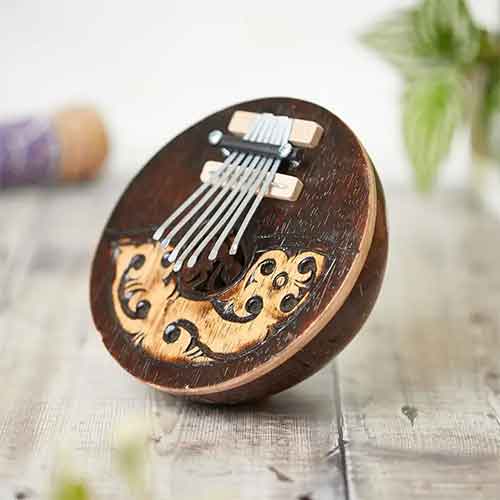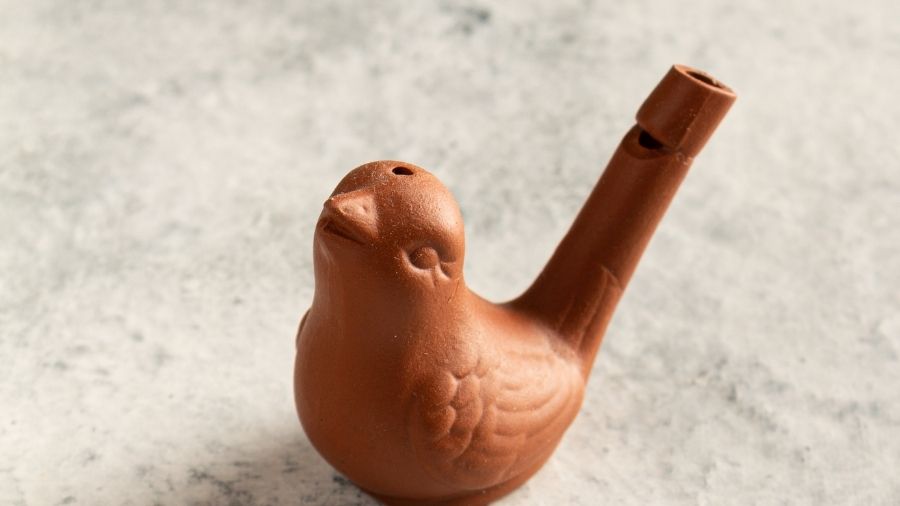As a passionate musician, I’ve always been interested in the unique sounds of the handpan. Whether you’re an experienced player or a beginner, the handpan provides a unique musical experience. In this tutorial, I’ll guide you through mastering handpan playing. We’ll cover the instrument’s construction, essential techniques, and different scales, helping you enhance your skills and appreciate the handpans qualities.
Understanding the Handpan Instrument
The handpan, or hang drum, is a modern musical instrument that emerged in the early 2000s. It consists of a metal alloy shaped into an inverted dome, featuring a central indentation and a series of "notes" around the rim. A standout feature of the handpan is its ability to create a drone-like effect through natural overtones and harmonics. This makes it ideal for meditative and ambient music, allowing players to craft deeply calming soundscapes.
Handpan Playing Techniques
Learning to play the handpan playing involves learning specific techniques to fully utilise the instrument's potential. Key techniques include finger striking (using your fingers for a light touch) and palm striking (using your palm for a deeper sound), along with muting notes to create rhythmic variations.
You’ll explore arpeggios (playing the notes of a chord in sequence), various scales (a series of notes arranged by pitch), and chord voicings (striking multiple notes together for harmony). Rhythmically, mastering polyrhythms (layering different rhythmic patterns), syncopation (emphasizing off-beats), and tempo variations (changing the speed of your playing) will add complexity and emotion to your music. By developing these skills, you’ll enhance your handpan abilities and cultivate a unique musical style.
Step-by-Step Handpan Playing Tutorial
Familiarize yourself with the instrument by examining its structure and experimenting with striking the notes to understand their tones and overtones, as well as how tuning affects sound.
Develop a playing posture by holding the handpan securely on your lap or a stand, maintaining a straight back and relaxed shoulders, with your hands positioned comfortably and wrists aligned for optimal control. Master basic striking techniques by starting with finger striking for clear tones, then experimenting with palm striking for deeper sounds, and practicing muting techniques for rhythmic variations. Explore melodic patterns by playing simple melodies and arpeggios, trying different scales like pentatonic, major, and minor, and practicing chord voicings for rich harmonies.
Develop rhythmic awareness through basic patterns like quarter and eighth notes, layering polyrhythms for complexity, and incorporating syncopation and tempo variations for added expression. Finally, use these techniques to improvise and compose unique pieces, recording your work to identify areas for improvement.
Handpan Maintenance and Care
Maintenance and care are essential for the longevity and optimal performance of your handpan. To keep your instrument in top condition, start with cleaning and polishing: after each use, wipe the surface with a soft, dry cloth to remove fingerprints and dust, and use a gentle, non-abrasive cleaner for deeper cleaning. Regularly polish the exterior to maintain its shiny appearance.
For storage and transport, keep your handpan in a padded case to protect it from scratches and dents, and avoid exposing it to extreme temperatures, humidity, or direct sunlight, which can affect tuning and integrity. Handle the instrument carefully when transporting it, ensuring nothing heavy is placed on top.
Monitor the tuning regularly, as changes in temperature and humidity can require re-tuning. If you encounter any issues, consult a professional luthier or the manufacturer for assistance, and only attempt to tune it yourself if you have the necessary expertise. By following these guidelines, you can ensure your handpan remains in excellent condition, allowing you to enjoy its sound for years to come.
Exploring Different Handpan Scales and Their Characteristics
One of the joys of playing the handpan is exploring its wide range of musical scales and modes, each with its unique character and emotional resonance. The pentatonic scale, made up of five notes, is popular for its simplicity and versatility, often used to create soothing and meditative soundscapes.
Major scales typically sound bright and happy, while minor scales evoke more introspective and melancholic feelings. The handpan’s tuning also allows for the exploration of modal scales, such as Dorian, Mixolydian, and Phrygian, each offering distinct melodic and harmonic opportunities—essentially, different ways to arrange notes that create varied emotional effects.
Some handpan models feature microtonal scales, which include intervals smaller than traditional half-steps, allowing for unique, otherworldly sounds. As you explore these scales, experiment with different tunings and melodic patterns to find what resonates with your musical style and emotional expression. Embracing the diversity of handpan scales will unlock a vast realm of creative possibilities and help you master the art of handpan playing.
Tips for Improving Your Handpan Playing Skills
Establish a consistent practice routine by dedicating time each day, incorporating various exercises, and recording your sessions for feedback. Explore different musical genres, from ambient to contemporary, to see how they influence your rhythm and melody, and collaborate with musicians to broaden your horizons. Improvise to tap into your creativity, experimenting with new techniques and recording your ideas for further development.
Seek learning resources such as online tutorials and workshops, connect with local handpan communities, and consider private lessons for personalized guidance. Deepen your understanding of music theory—familiarizing yourself with scales, modes, and chord structures—and learn how these concepts apply to your playing.
Cultivate mindfulness in your practice, using the handpan as a tool for emotional expression, and observe how your mental state influences your music. By following these tips, you'll enhance your technical proficiency and deepen your personal connection to the instrument, unlocking new levels of creativity and expression.
Benefits of Playing the Handpan
The handpan, with its meditative sounds offering numerous benefits that extend beyond music. First, its soothing tones promote relaxation and stress relief, making handpan playing a valuable tool for mindfulness and personal introspection. Additionally, the instrument can enhance mental well-being by inducing focused attention and present-moment awareness, which can improve clarity, concentration, and reduce anxiety and depression. Exploring the handpan's musical possibilities also unlocks new avenues for creative expression, fostering personal growth and emotional exploration.
Learning the handpan develops fine motor skills, hand-eye coordination, and cognitive functions, enhancing memory and problem-solving abilities. Furthermore, the handpan community is known for its warmth and inclusivity, providing opportunities to connect with others through shared passion and collaboration. Whether you seek inner calm, creative expression, or overall well-being, embracing the art of handpan playing can lead to a transformative journey of self-discovery, musical growth, and personal fulfillment.
Where to Buy an Authentic Handpan













